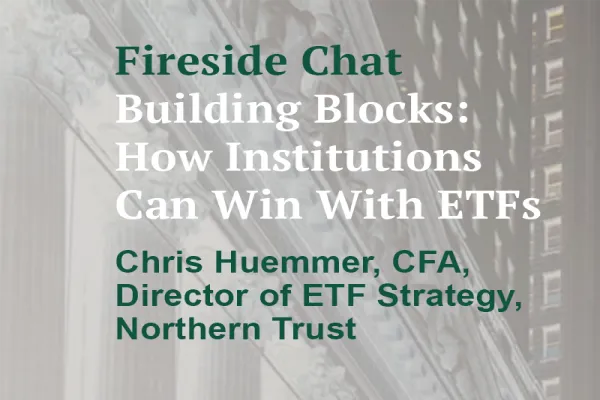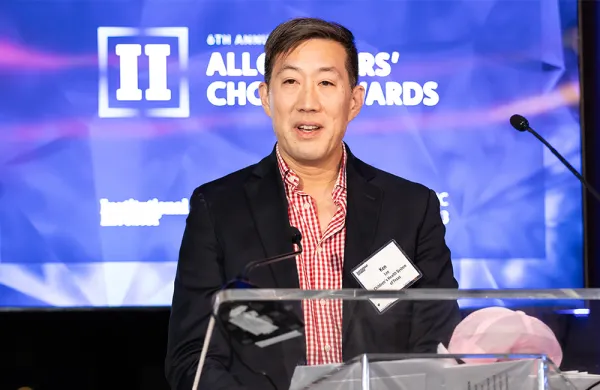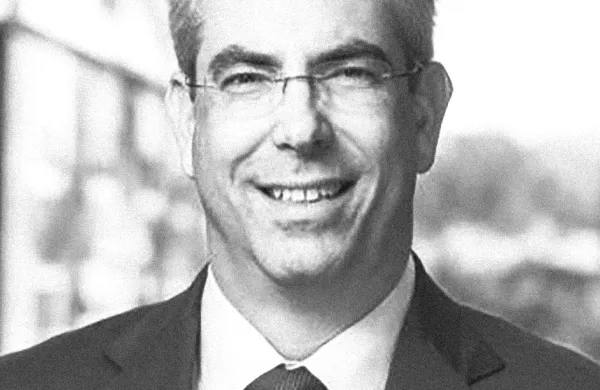Ken Lee, the CIO of Children's Health in Dallas, is building an endowment-style operation that is tailored specifically for a healthcare system’s investment office.
“We're hoping that we can rival the college endowments and private foundations of comparable or even larger size,” he said by phone.
Lee took on the CIO job in the middle of the pandemic as the healthcare industry was wrestling with the larger role of investment offices. Even so he managed to secure board and executive buy-in for his plan for the investment office. He joined Children’s Health, which is based in Dallas, amid an exodus from Carnegie Corp. where he was a managing director.
Children's Health manages approximately $2 billion in assets, two-thirds of which come from the hospital's balance sheet — money from elective and other services. The hope is that the hospital never has to tap the $2 billion, which can be put in long-term investments.
Healthcare systems are fundamentally different from endowments and foundations. The majority of the capital they invest usually comes from the hospital's balance sheet rather than a separate endowment pool. During the pandemic, many hospitals operated at a loss, in part because profitable elective services were postponed. As a result, executives debated whether endowments should make up for the shortfall.
In other words, long-termism looks different in healthcare. According to Lee, his team solved for this issue by determining what share of the balance sheet could be dedicated to an endowment-like strategy, without hurting the hospital's operations. They were lucky to have the support from the board and senior leadership — something that has not been extended to every healthcare system.
“We’re grateful for the senior leaders and the stakeholders who set us up for success,” he said. “They help us create this walled garden that allows us to think long term, protect our corpus, and make the right decisions. That's nontrivial. Not everybody is doing it.”
With an endowment-like mindset in place, Lee and his team have been building up Children’s Health’s exposure to private assets. They’ve been looking at early-stage venture capital and more mature moderate growth companies. When adding managers, the team has been looking for smaller firms that the hospiital can partner with for at least the next three vintages. “They're probably less well known, so we have to hustle to find them,” Lee said.
One particular area of focus recently was the addition of private natural resources. “When we considered buying energy assets at depressed prices, [the board and investment committee] challenged us to do it in a way that’s defensible because the operators care about protecting the land, the water, and the wildlife,” Lee said.
As Lee and his team look forward, they plan to deploy more of the healthcare system’s balance sheet capital.
“One message I have to the GP community is that we’re open for business,” Lee said. “We're a little unusual in how we think and approach the marketplace. We hope we can find partners who can help us grow and grow with us.”







